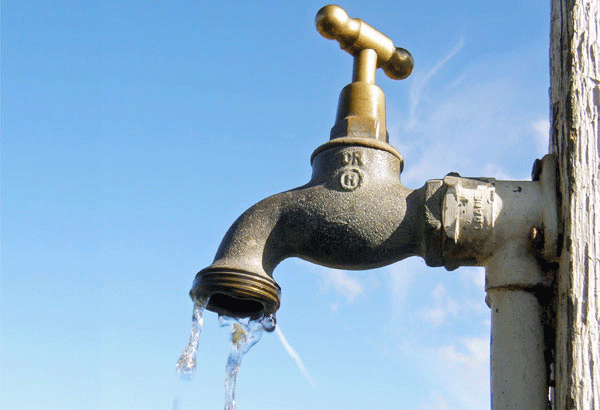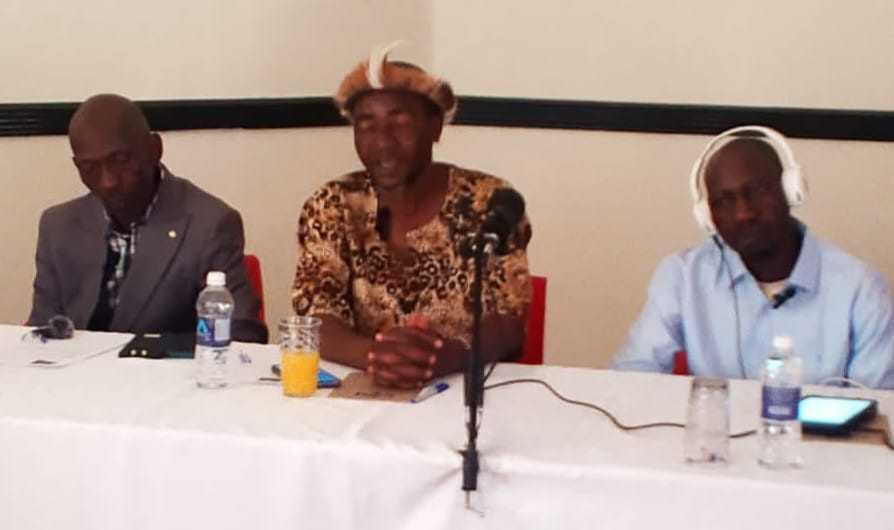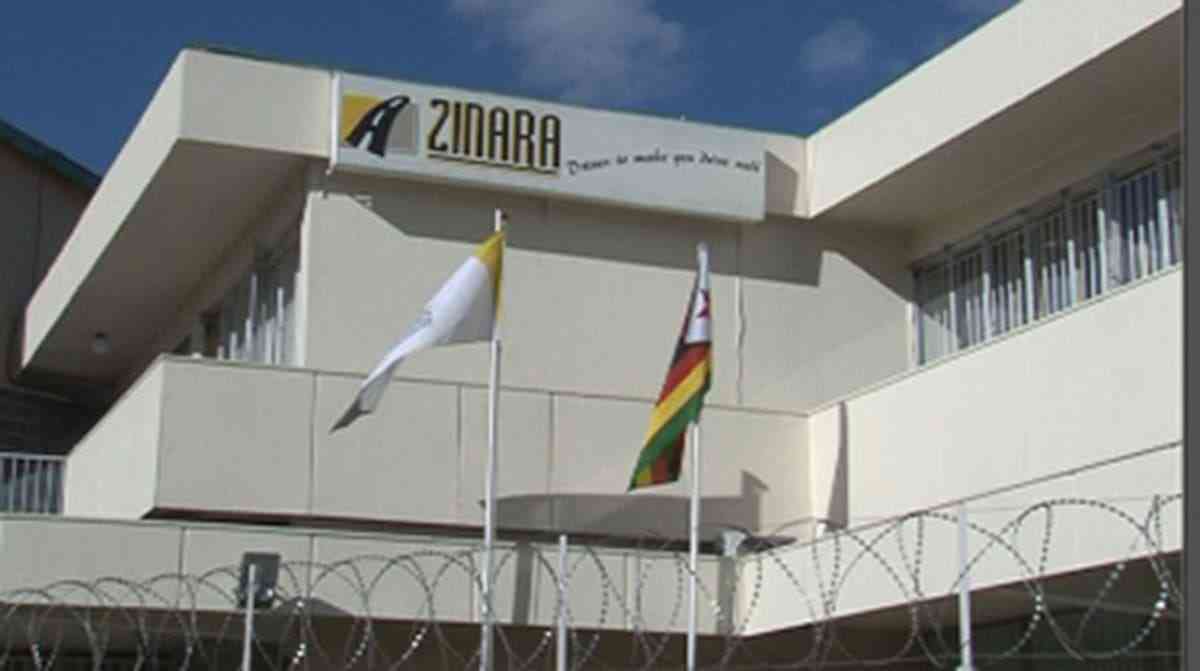
By Moses Mugugunyeki
Tsholotsho District Hospital is facing a serious water crisis exposing more than 100 patients admitted at the health centre to Covid-19 and communicable diseases.
For many years, water shortages have made it difficult for the 144-bed hospital to provide services.
Residents said the water crisis at the health institution had taken long to be resolved and feel hard done by the government.
In 2014, the then Health and Child Care deputy minister Paul Chimedza visited the health facility and threatened to close it after coming face-to-face with the sorry state of affairs there.
However, the situation remains the same if not worse as the district has recorded many positive cases of Covid-19.
“It is unhygienic to have water shortages at the hospital, especially in the face of the Covid-19 outbreak,” said one resident who spoke on conditions of anonymity.
Tsholotsho District hospital started operating in 1951 as a rural health centre before it was upgraded to a district hospital in 1991.
- Chamisa under fire over US$120K donation
- Mavhunga puts DeMbare into Chibuku quarterfinals
- Pension funds bet on Cabora Bassa oilfields
- Councils defy govt fire tender directive
Keep Reading
The health centre, which serves a large chunk of Tsholotsho district with other patients seeking assistance at St Luke’s Hospital in Lupane, has not known development for years.
Apart from water shortages, the health facility has been dogged by power outages and an out-of-order sewer system.
“The biggest challenge that we have at this hospital is water. We are having rampant power cuts and this affects water pumping at our boreholes,” said Tsholotsho health services administrator Gerald Chandakabata.
“We have a solar-powered water pump, but it’s not enough as it caters for one-third of the hospital needs. Patients, health staff and even the community rely on that same source, which at the end of the day is strained.”
Chandakabata described the water situation at the hospital as dire making it difficult for service provision.
“We are having close to 100 patients and the most affected would be patients in the maternity ward,” he said.
He said part of the sewer reticulation system had been attended to by the council and the Zimbabwe Red Cross Society.











